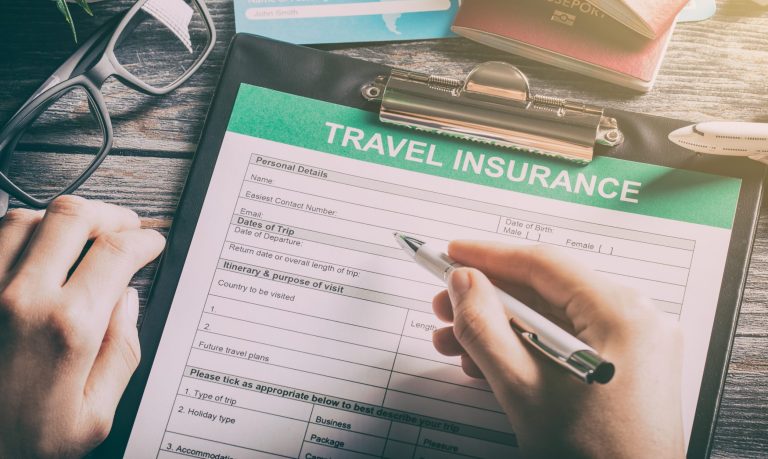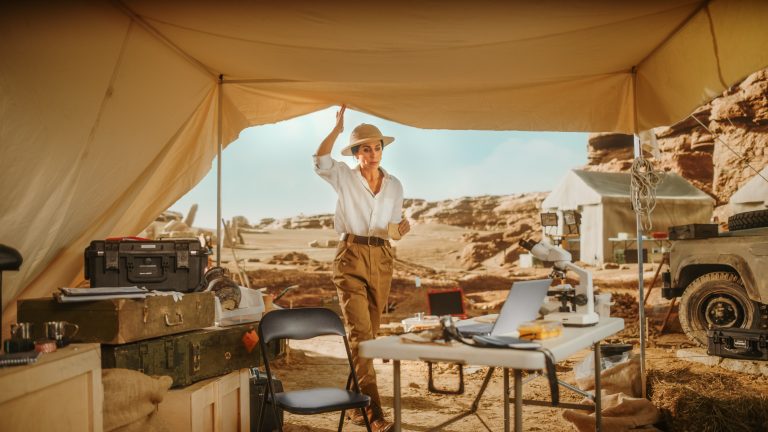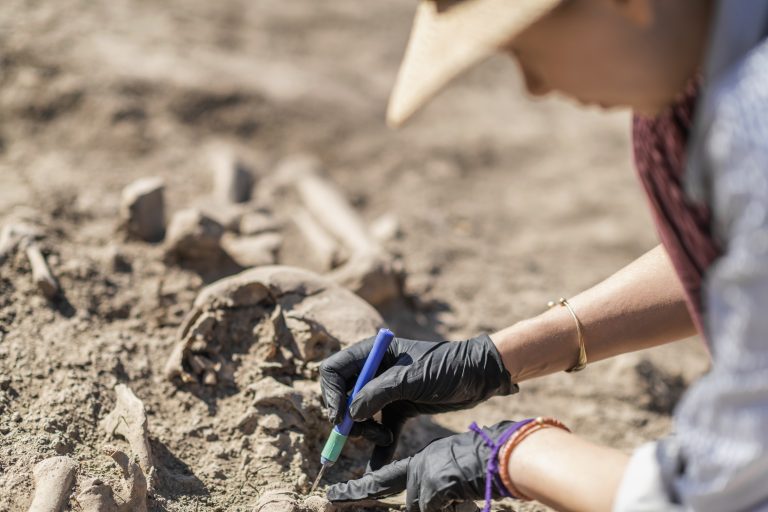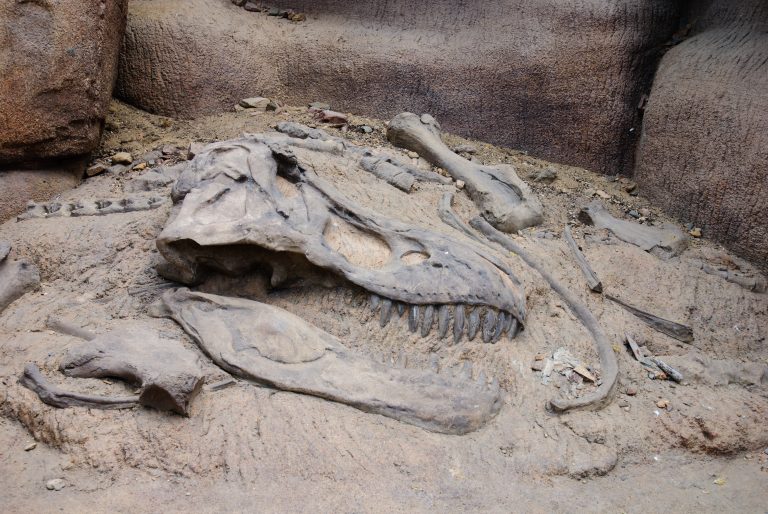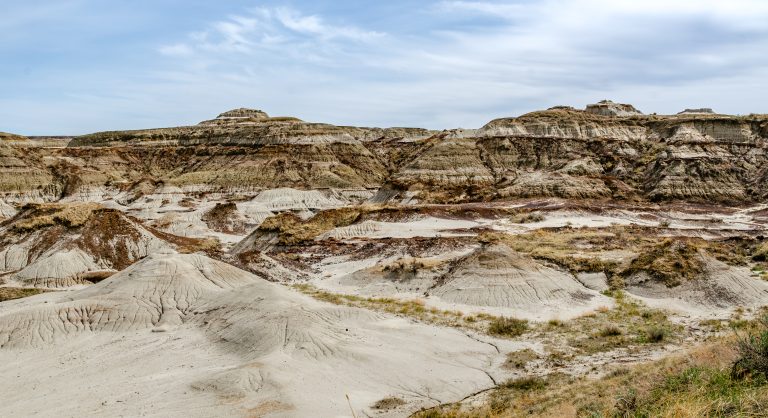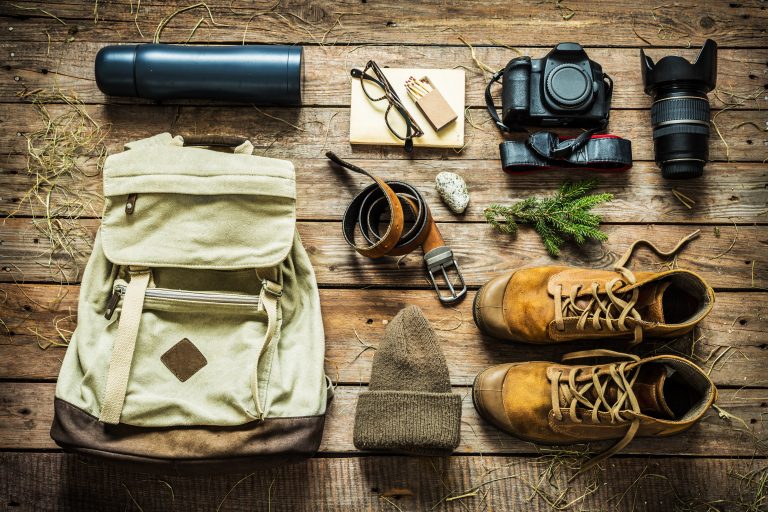7 Essential Gear Picks for Fossil Hunting Success

Ready to unearth the secrets of the past? Fossil hunting isn’t just about luck; it’s a craft, requiring the right gear for success. Let’s dig into the essentials that’ll make your prehistoric treasure hunt a roaring success.
Fossil hunting is a thrilling journey back millions of years, uncovering the stories of dinosaurs and ancient seas. It’s about piecing together our planet’s history. Whether you’re a seasoned hunter or a curious newbie, the universal thrill of discovery awaits.
Before you embark, grasp that fossil hunting blends science, patience, and preparation. As a detective in the rocks and soil, your trusty tools and a keen eye will help unravel the mysteries of ancient life.
1. Choosing the Right Tools

The right tools can mean the difference between finding a fossil and walking right past one. Think of them as your trusty sidekicks, ready to leap into action when the ground gets tough. A good hammer, chisel, and brush are the basic trio that’ll help you chip away at the earth’s secrets.
Hey hey! Don’t forget to subscribe to get our best content 🙂
But don’t just grab any old hammer from the shed. A geologist’s hammer is designed for the job, with a flat end for breaking and a pick end for prying. Pair it with a sturdy chisel, and you’ve got a dynamic duo that’ll tackle most sedimentary adversaries. Remember, quality over quantity – a few well-chosen tools will serve you better than a backpack full of gadgets.
2. Essential Fossil Digging Kit
When you’re knee-deep in the dirt, an essential fossil-digging kit is your best friend. A rock hammer, chisels, and a set of brushes (soft for delicate work, stiff for the gritty stuff) are the backbone of any good kit. But let’s not forget the smaller heroes, like a magnifying glass to inspect your finds up close.
A trusty field notebook is also a must-have. Jot down the where and when of your discoveries – it’ll pay off when you’re trying to connect the dots later. And for those tiny fossils or fragments, precision tools like tweezers or dental picks can be lifesavers. They’re the unsung heroes who’ll tease out the details from the dirt.
3. Protective Gear Must-Haves
Safety first, as they say. Fossil hunting can be a rough-and-tumble activity, so armor up with protective gear. A good pair of gloves will save your hands from the sharp edges of rock and the blisters that come with digging. And let’s not forget a sturdy pair of boots to keep your footing solid on uneven terrain.
Eye protection is non-negotiable – flying debris has no place in your peepers. And a hard hat isn’t overkill if you’re venturing into areas with a risk of falling rocks. Think of your protective gear as your shield against the elements and accidents. It’s the guardian angel of your fossil-hunting adventure.
4. Navigational Equipment Guide
Getting lost is no joke when you’re on the hunt for fossils. A good GPS device can be a modern-day compass, guiding you through unfamiliar terrain. But old-school tools like a map and compass can be just as reliable and don’t need batteries.
Knowing how to read the landscape is a skill that comes with time but start by familiarizing yourself with the area’s geological maps. They can clue you in on where fossils might be hiding. And always let someone know where you’re going – it’s the breadcrumb trail that ensures you can find your way back, or someone else can find you if needed.
5. Storage Solutions for Finds

Once you’ve struck gold (or bone, as the case may be), you’ll need a way to transport your treasures safely. Wrap fragile finds in bubble wrap or tissue paper and tuck them into sturdy containers. Small plastic boxes or even egg cartons can be ideal for smaller specimens.
For larger finds, a backpack with padded compartments can do the trick. Just remember to label your finds as you go. It’s easy to forget which rock came from where, and that context is priceless when it comes to understanding your fossils. It’s like a library system for prehistoric keepsakes.
6. Comfort Essentials for Fieldwork
Comfort is key when you’re spending hours in the field. Dressing in layers allows you to adapt to changing weather, and a wide-brimmed hat will shield you from the relentless sun (or rain). Hydration is vital – a good water bottle or hydration pack is a non-negotiable.
Don’t underestimate the value of a comfortable, lightweight chair or portable mat for those much-needed breaks. And pack some high-energy snacks to keep your spirits up. It’s a marathon, not a sprint, and you’ll want to keep your energy levels high to make the most of your hunt.
7. Fossil Identification Aids
A field guide to fossils is the Rosetta Stone for decoding your discoveries. It’ll help you distinguish a trilobite from a chunk of limestone. For a more high-tech approach, some apps can offer information at your fingertips (assuming you have a signal out there).
A handheld lens or a portable microscope can reveal details that the naked eye might miss. And don’t forget to document your findings with a camera or smartphone. Photos can be invaluable for identification and can capture the context of where you found your fossil.
Maintaining Your Gear
Taking care of your gear means it’ll take care of you. Clean and sharpen your tools after each outing to keep them in top condition. Store your equipment in a dry place to prevent rust and degradation, and check your protective gear regularly for signs of wear.
Your navigational gear and storage containers also need a once-over before and after trips. Batteries should be fresh, and containers should be clean and secure. It’s the behind-the-scenes work that makes for a smooth fossil hunting experience.
Final Tips Before Your Hunt
Before you head out, double-check your gear list. It’s easy to forget something when you’re excited about the day ahead. Plan your route, check the weather, and always have a backup plan – nature can be unpredictable.
Most importantly, respect the land and the laws. Not all areas allow fossil collecting, and some finds are scientifically important and belong in museums. Fossil hunting is a privilege, so let’s do it responsibly and preserve the thrill of discovery for future generations.
Now you’re equipped with the knowledge to make your next fossil hunting trip a smashing success. With the right gear and a dash of preparation, you’re ready to step into history and bring its secrets to light. Happy hunting!

